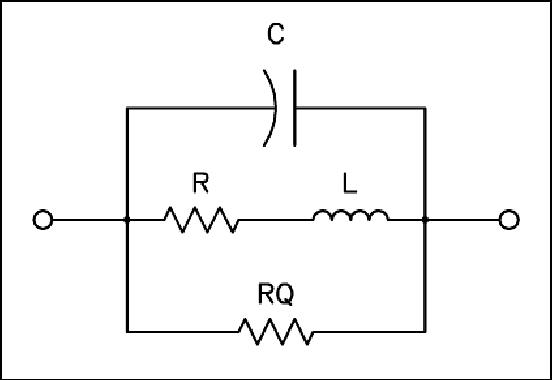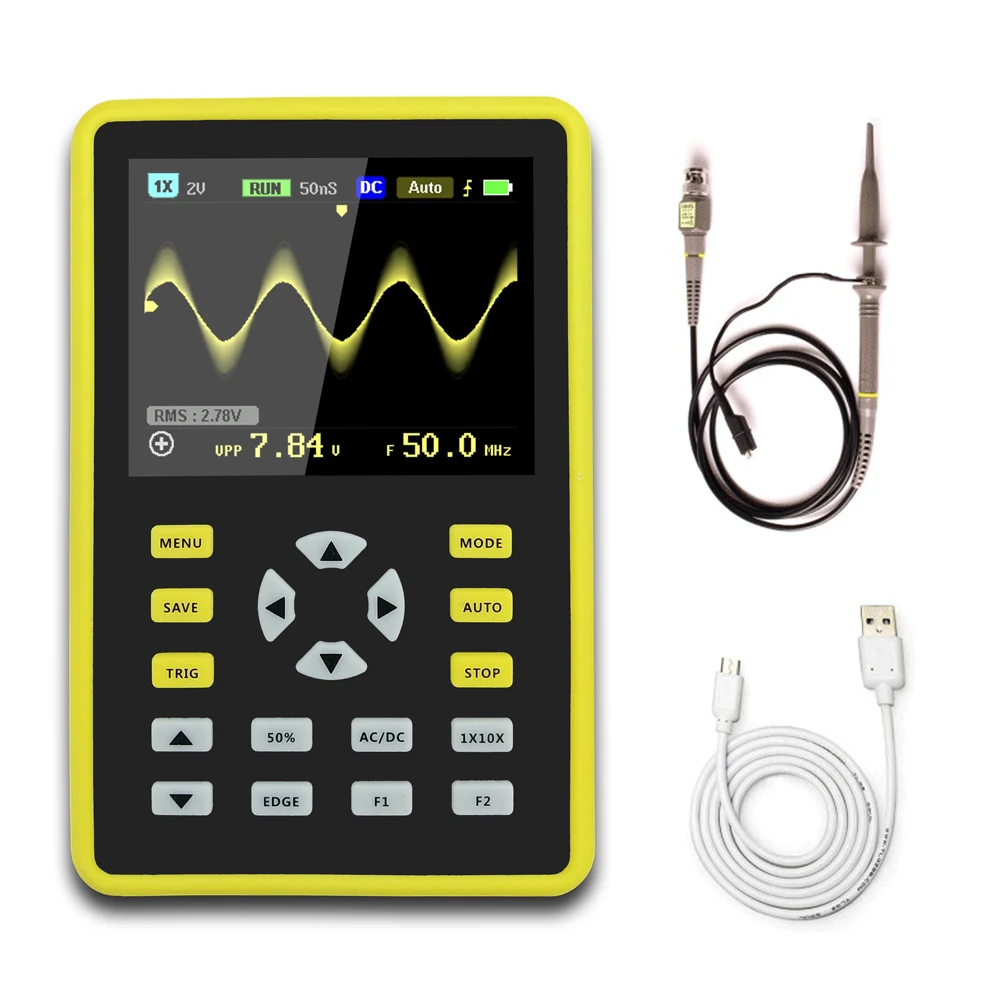Hello,
What is proper way to specify coil parameters calculated by Coil64 in LTSpice inductor for best match between model and real schematic?
In LTSpice, there are
Inductance Peak Current Series Resistance Parallel Resistance Parallel Capacitance
Sample Coil64 output:
Coil64 v1.0.2 - One layer coil with round wire Input: Inductance L: 1,200 microH Frequency f: 1.39 MHz Former diameter D: 32 mm Wire diameter d: 0.2 mm Wire diameter with insulation k: 0.218 mm Winding pitch p: 0.23 mm Result: Number of turns of the coil N = 325.085 Length of wire without leads lw = 32.904 m Length of winding l = 74.970 mm Weight of wire m = 9.19997 g Reactance of the coil X = 10,480.353 Ohm Self capacitance Cs = 1.343 pF Coil self-resonance frequency Fsr = 2.550 MHz Coil constructive Q-factor Q = 330 Loss resistance ESR = 31.759 Ohm Additional results for parallel LC circuit at the working frequency: => Circuit capacitance: Ck = 9.583 pF => Characteristic impedance: ρ = 10,480 Ohm => Equivalent resistance: Re = 2,600.388 kOhm => Bandwidth: 3dBΔf = 5.602kHz
How do I fill LTSpice parameters properly?
Inductance - it's trivial
Peak Current - I'm usually putting 0.1 or 0.01 here
Series Resistance - is it Loss resistance ESR?
Parallel Resistance - is it Equivalent resistance? Should be megaohms here...
Parallel Capacitance - Self Capacitance?



